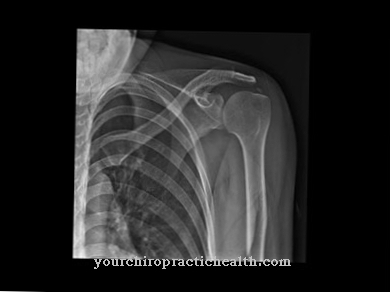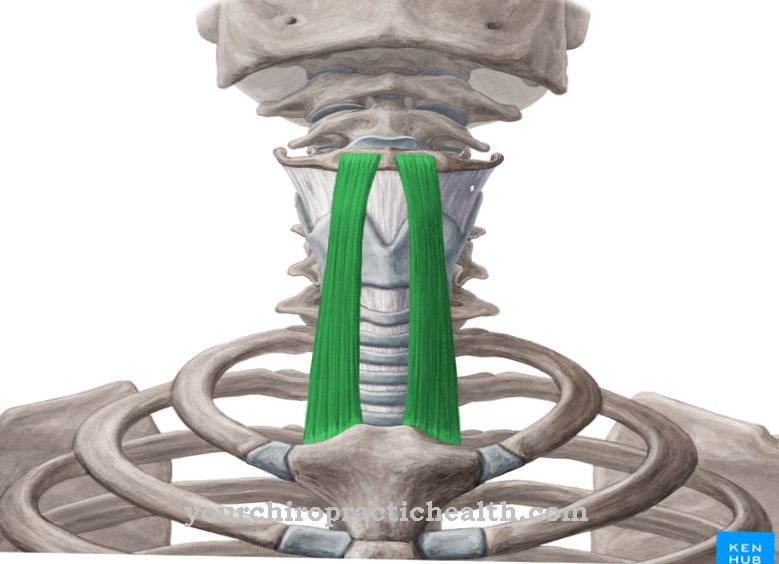With Haemophilus denotes a genus of 16 different species of rod-shaped, gram-negative, bacteria, all of which come from the Pasteurellaceae family. The facultative (temporarily) anaerobic bacteria can colonize mucous membranes and need certain growth factors contained in erythrocytes for their growth. Some of the 16 types can cause respiratory infections or the venereal disease "soft chancre" or "ulcus molle".
What is Haemophilus?
The genus of Gram-negative Haemophilus bacteria includes 16 different types of facultatively anaerobic rod bacteria, a few of which appear as pathogens. Their genus name Haemophilus is consistent with their need for certain growth factors contained in hemoglobin.
Haemophilus bacteria do not form spores and cannot actively move. A few types of bacteria can cause respiratory infections, the venereal disease ulcus molle, conjunctivitis of the eyes, and non-specific inflammation of the vagina and uterus. In rare cases, subgroups of the bacteria can also cause inflammation of the lining of the heart (endocarditis) and meningitis (inflammation of the meninges).
In principle, the encapsulated Haemophilus bacterial strains are to be classified as pathogenic because their control is made more difficult by the body's own phagocytes (macrophages). The unencapsulated bacterial strains are more likely part of the normal bacterial flora of the mucous membranes and only develop pathogenicity when the immune system is disturbed and the epithelium of the mucous membranes has been damaged.
Meaning & function
The significance and functions of non-pathogenic Haemophilus bacteria for the metabolism of the body and especially for the mucous membranes of the respiratory organs are not known. Unencapsulated - non-pathogenic - species are virtually omnipresent in the mucous membranes of the respiratory tract, especially in the upper respiratory tract, and are part of the natural bacterial flora.
Most Haemophilus bacteria are only viable outside the body for a short time. Since they do not develop spores, infections or transmission of the bacteria from person to person are only possible via droplet infection. A characteristic of bacteria is their need for hemin and NAD, which are contained in the red blood cells (erythrocytes) and play an important role in the energy balance of the cells during the controlled oxidation.
Since the bacteria themselves are not able to obtain the required substances via hemolysis of the erythrocytes, they need other bacteria, e.g. B. staphylococci, which have the ability to release hemoglobin through hemolysis of the erythrocytes. This process can be easily observed in laboratory cultures and is known as the wet nurse phenomenon. Since infants and small children are particularly at risk, the Standing Vaccination Commission (STIKO) recommends vaccination to prevent infection with the influenza bacterium type b for infants as early as 2 months of age.
Before vaccination was introduced in 1990 there were around 2,000 cases of infections with the influenza bacterium in Germany. The number of new cases fell drastically afterwards, and in 2004 only 70 cases were registered. A proven infection with Haemophilus influenzae, type b, must be reported by name in Germany. The incubation period from infection to onset of the disease is a few days.
Illnesses & ailments
Known dangers arise primarily from the few pathogenic species of the Haemophilus bacteria when the immune system is attacked at the same time. The best-known bacterium with the greatest pathogenic potential is Haemophilus influenzae.
The bacterium - also known as Pfeiffer influenza bacteria - almost exclusively colonizes the mucous membranes of the nose, throat and bronchi and can lead to infections there. Because the bacterium has almost always been found in influenza patients, it has long been believed that the bacterium itself is the cause of influenza, an assumption that has long been clearly refuted.
6 different variants of Haemophilus influenzae are known, each of which differ in the structure of their capsule walls made of polysaccharides (types A to F), whereby type B is considered to be particularly pathogenic. With a weakened immune system or damage to the corresponding mucous membrane, the various types of the influenza bacterium can cause diseases such as bronchitis, pneumonia, otitis media, inflammation of the larynx, conjunctivitis and even meningitis.
Haemophilus parainfluenzae, closely related to the influenza bacterium, also colonizes the mucous membranes of the respiratory organs, but is only occasionally pathogenic if certain conditions are met. In exceptional cases, the bacterium can lead to serious respiratory infections, meningitis or even sepsis. Another species closely related to the influenza bacterium is Haemophilus aegypticus, which is widespread in North Africa and has been identified as a causative agent of conjunctivitis (conjunctivitis).
The bacterium Haemophilus ducreyi, the causative agent of the venereal disease ulcus molle (soft chancre), which is widespread in the tropics, has already developed resistance to some antibiotics.An infection with Haemophilus aphrophilus can cause purulent abscesses, and if the bacterium is infected with the bloodstream (bacteremia), endocarditis (inflammation of the inner lining of the heart) or sepsis can develop. Infections with Haemophilus bacteria can be treated with targeted antibiotic treatment with a good prognosis, but existing resistance to certain antibiotics must be expected.



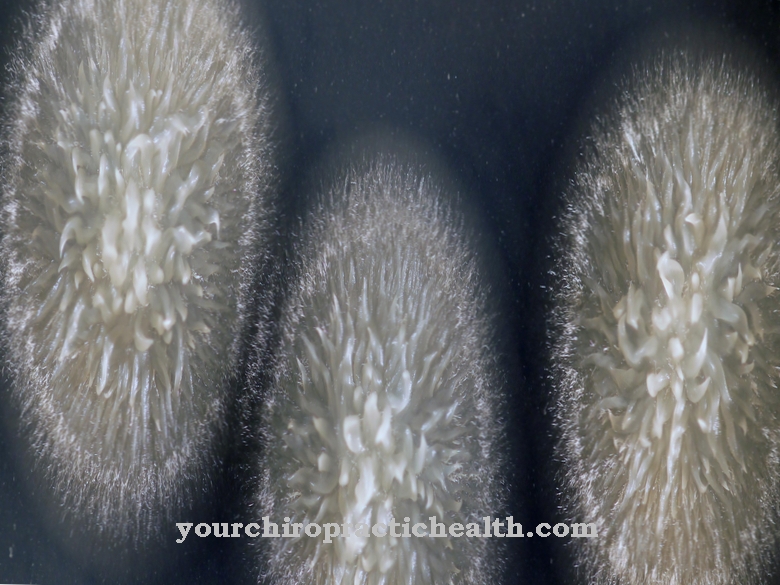

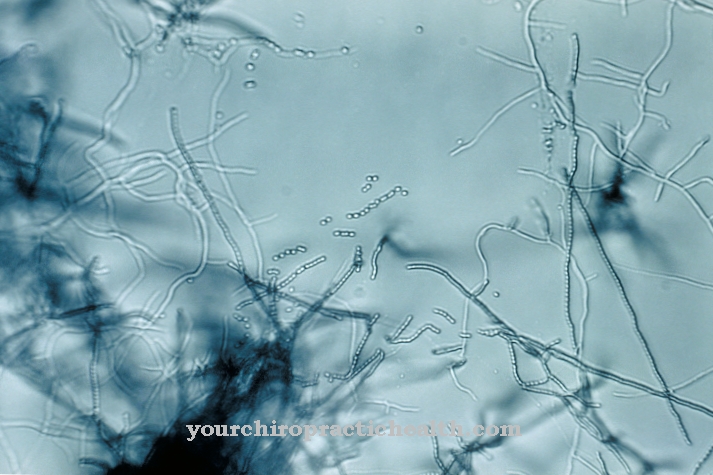


.jpg)





.jpg)


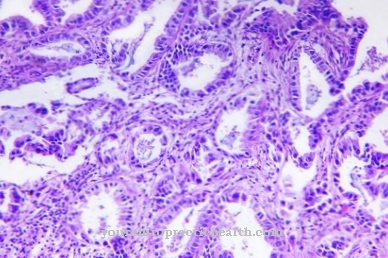



.jpg)

